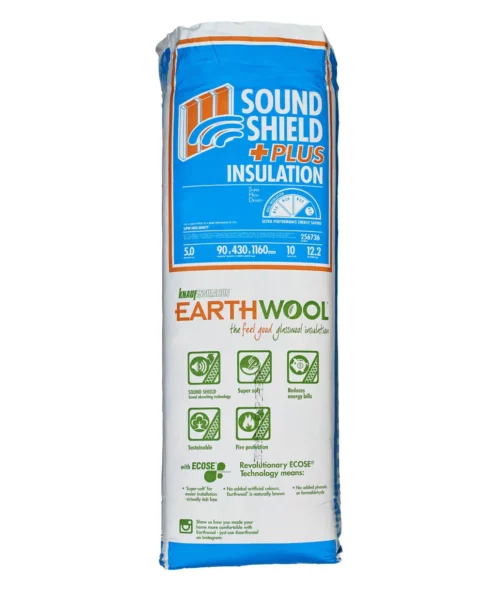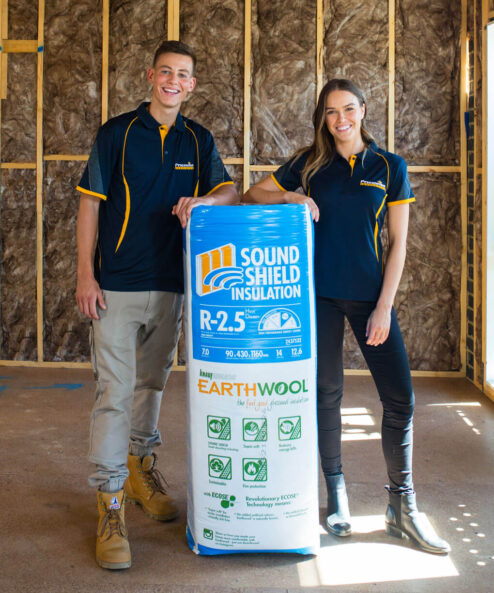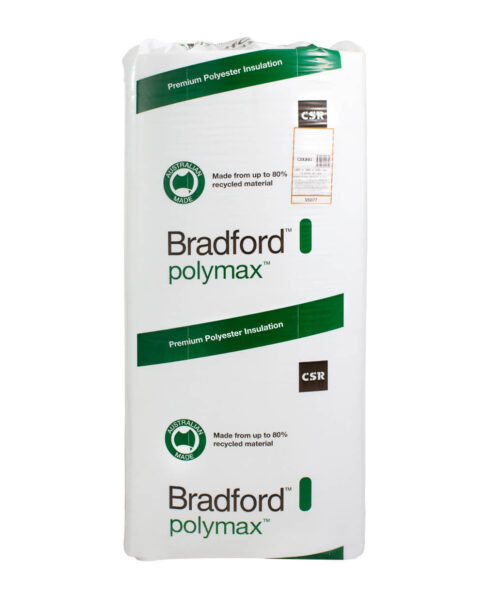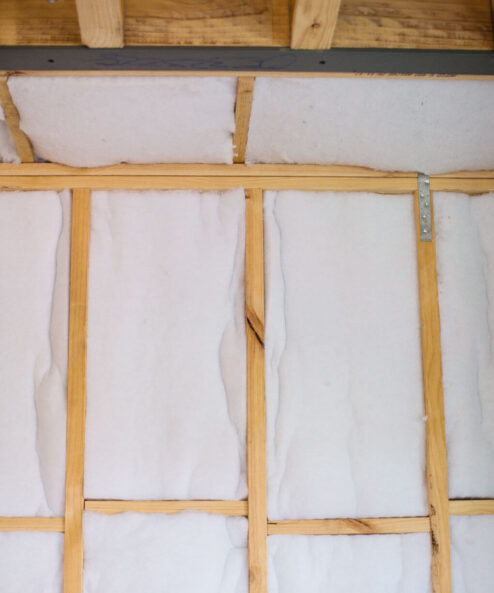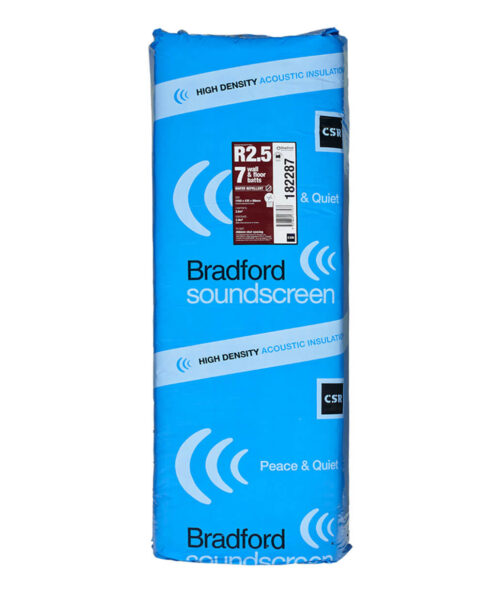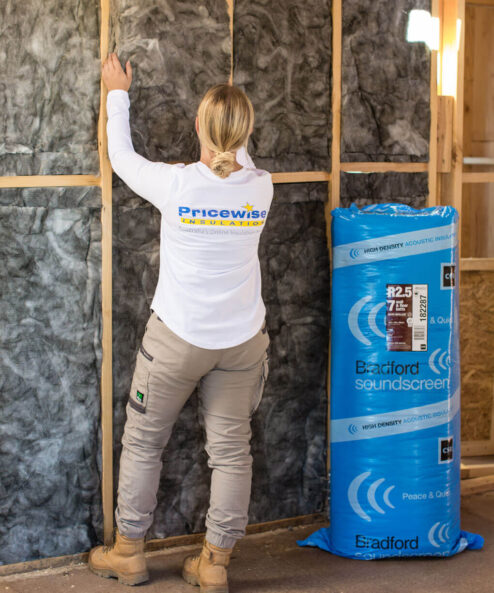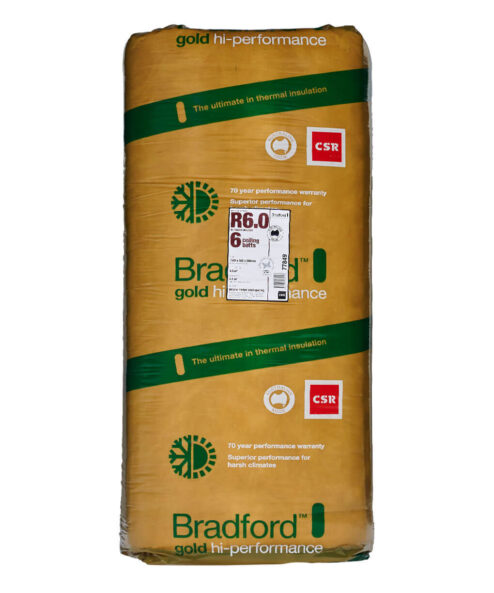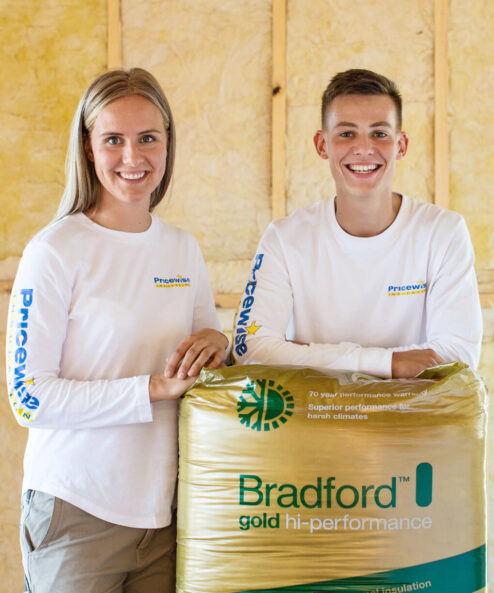Thermal Performance
Create a barrier, maintain stable indoor temperatures, and reduce your need for heating and cooling appliances.

SoundProofing
Reduce disturbances from external noises such as traffic, aircraft and noisy neighbours, and create a quiet home to relax in.

Diy Project
Insulating the external walls of your home makes for a great DIY project! For more information check out our video below.
When Should I Insulate My Walls?
The best time to insulate the external walls of your home is while building or renovating. That’s why it is important to make the right choice because once the walls get plastered you won’t be in a hurry to remove them. It is highly recommended to insulate your external walls as approximately 25% of summer heat gains and winter heat losses occur through your walls. It is up to you whether you hire a professional installer or undertake a DIY project. However, if you decided for a DIY project, then please refer to our DIY install videos.
shop nowChoosing an R-value For External Walls
The Building Code of Australia (BCA) sets the minimum requirements for the total R-values of buildings. These requirements are dependent on the different climate zone, building type, and whether heating or cooling units are used. As different states and territories enforce their own exceptions to BCA requirements, it is important to find out your specific insulation requirements. Remember that the higher the R-value the greater the thermal performance and that products with the same R-value have the same insulating abilities. For external wall insulation, we recommend a minimum R-value of R2.5 for Melbourne, Sydney and Adelaide, and in Perth, Brisbane and Northern NSW a minimum R-value of R2.0. For increased savings and thermal performance consider upgrading to an even higher R-value.
Contact usVideo – What R-value Should I Install?
Featured ProductsBrowse All
From $ 8.39 p/m2 inc. GST
From $ 17.86 p/m2 inc. GST
From $ 15.63 p/m2 inc. GST
From $ 15.63 p/m2 inc. GST
External Wall DIY Tips & Tricks
1) Remember to turn off all power supplies before you begin insulating. 2) Have all the bags of insulation needed for the job with you, begin with opening one bag at a time. 3) Install all the full batts in the room first, then measure and cut batts against the timber frame to get a clean cut. 4) For wiring and pipes, always insulate behind, otherwise cut a groove into the insulation to fit the obstruction. 5) Remember to leave gaps around the light switches and power point.s 6) Fill in all the small gaps with wall insulation and make sure everything is tucked in. 7) Once you are finished, clean up the mess so that the plasterers can work quickly and efficiently.
shop nowThermal External Wall Insulation
Your exterior walls are the barrier between the outside environment and your indoor home. By insulating your external walls, you can regulate heat flow into and out of your home and ensure that your home is using energy efficiently. Due to the large surface area of your wall, large amounts of heating and cooling can escape through uninsulated walls. By installing thermal insulation, you can maintain stable indoor temperatures and reduce your need to use cooling and heat appliances.
Acoustic External Wall Insulation
If external noise levels are a problem, then its time to consider installing acoustic insulation. Insulating your external walls with acoustic insulation means that outside noises such as traffic, aircraft, neighbours, dogs barking etc can be reduced to an acceptable level. Soundproofing insulation works as it is a higher density than regular insulation batts and better at absorbing and deflecting sound waves. Acoustic insulation also provides thermal insulation to reduce energy bills and increase your homes energy efficiency.
contact us


